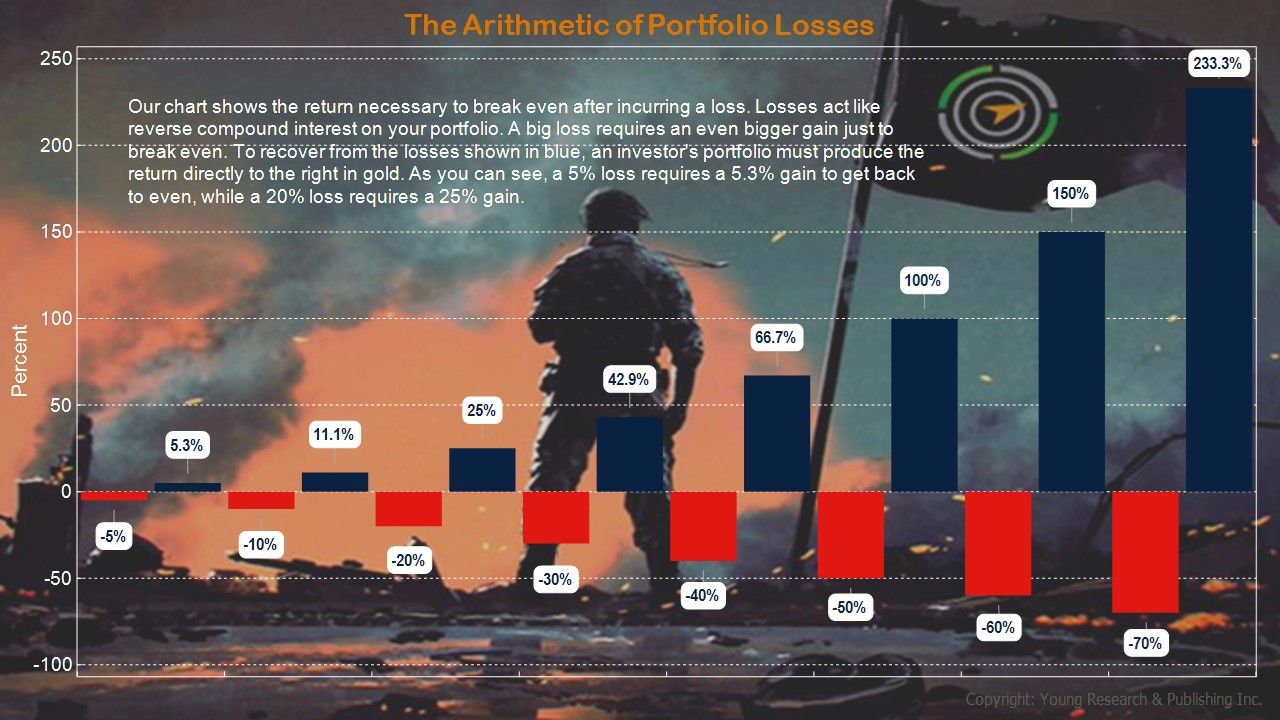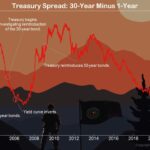Are your investments being looked after with the thought and care you deserve? It never ceases to amaze me how pension investments get mixed up in areas I’d never touch in a million years. Return of assets, not return on assets is my focus. Heather Gillers reports in The Wall Street Journal on the all-time high levels of investment that pension funds are putting in private-market loans, writing:
North American pension-fund investment in private-market loans reached an eight-year high in 2022, even as banks pulled back on lending and default rates inched upward.
The average share of these retirement funds parked in the illiquid, typically unrated debt has crept up steadily to 3.8%, the highest on record, according to analytics company Preqin. Though a fraction of the overall portfolio, private credit now amounts to more than $100 billion in the retirement savings of U.S. and Canadian teachers, police and other public workers, according to a Wall Street Journal estimate based on Federal Reserve data and pension financial reports. And the pensions are planning to add more: Their average target allocation is 5.9%.
The $300 billion California State Teachers’ Retirement System is the latest to show interest in increasing private-credit investment and giving the asset class a permanent place in its portfolio. The Calstrs board Thursday directed staff to include private credit in proposals for the pension’s new asset allocation, which board members will vote on later this year.
“We all think it’s going to be around for a long time,” said Calstrs investment chief Christopher Ailman.
The $90 billion Ohio Public Employees Retirement System added a 1% allocation to private credit in January, following in the footsteps of the $450 billion California Public Employees’ Retirement System and the $230 billion New York State Common Retirement Fund, which are building out private-credit portfolios of 5% and 4%, respectively. In Canada, some pension funds took advantage of early-Covid market dislocation to expand their already-robust private-debt portfolios.
The ramp-up is part of a decadeslong pivot by pension funds to private-market assets and other alternatives to stocks and bonds in search of investment returns of 6% or more. U.S. state and local retirement funds are hundreds of billions of dollars short of what they need to cover benefits and market losses in 2022 largely obliterated the funds’ record 2021 gains. Pensions rely on taxpayer funds or worker contributions when investment returns fall short.
Action Line: If you consider a return of your assets more important than a return on your assets, let’s talk.
E.J. Smith - Your Survival Guy
Latest posts by E.J. Smith - Your Survival Guy (see all)
- Is Your Retirement Life a Mess? Let’s Talk - April 18, 2024
- Your Survival Guy Learns from Marie Kondo - April 18, 2024
- Don’t Be Left High and Dry - April 18, 2024
- April RAGE Gauge: Real Gold Prices - April 18, 2024
- This Is about Your Survival, Not Anyone Else’s - April 17, 2024
















